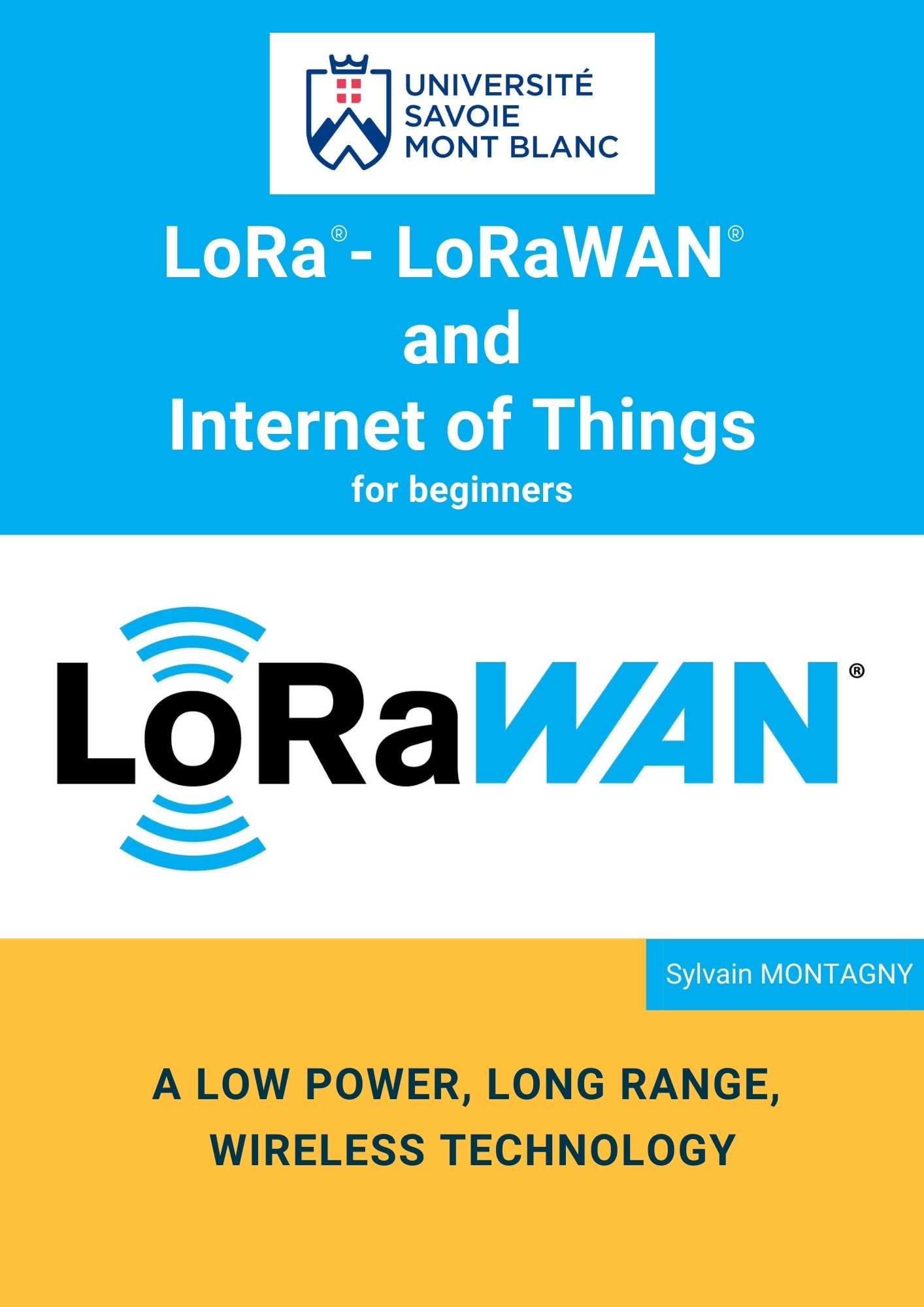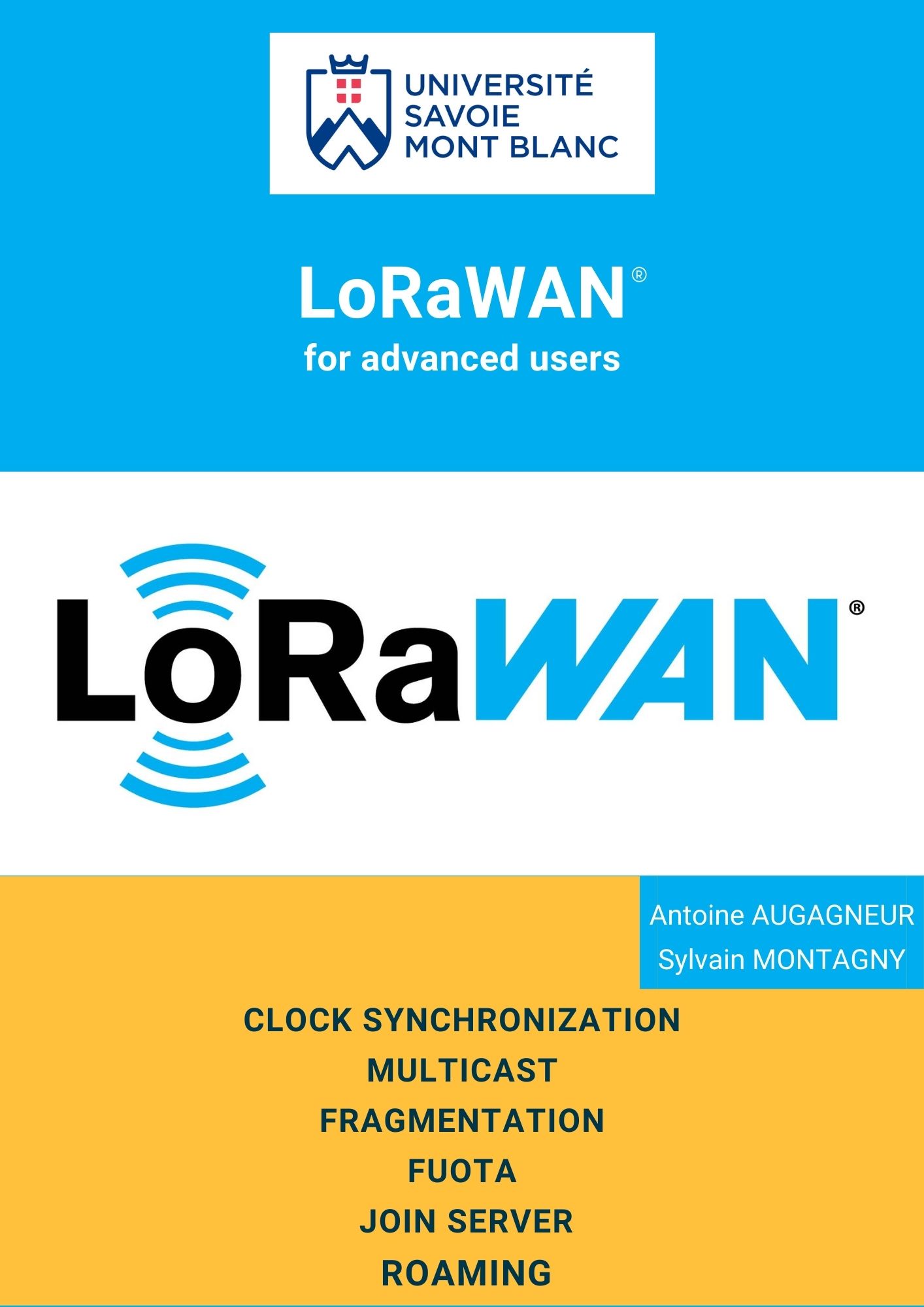Free LoRaWAN Books
“This book is a much-needed resource in the LoRaWAN space, filling a critical gap in educating people about this transformative technology. Its comprehensive approach, combined with real-world, hands-on experience, makes it an invaluable guide for both newcomers and seasoned experts. As the CEO of the LoRa Alliance, I’d like to thank University Savoie Mont Blanc Team for their invaluable contribution to broader awareness and deeper understanding of LoRaWAN’s capabilities and impact.“
You can sign-up to receive an email when a new major version is released. No commercial use.
#1 – LoRa LoRaWAN and IoT
for beginners
We wish we could have called this book “LoRaWAN for Dummies” because we focused on a step-by-step approach, clear explanations with a lot of examples. This document applies to all end-devices types from all manufacturers, all LoRaWAN servers and all IoT platforms. This means that we provide information that is useful for all objects and for all infrastructures. If you follow the document, you should be able to work with any end-devices, any gateways, and switch your infrastructure to any Network Server.
This book does not contain any “tutorial style” explanations, rather it tries to give precise and valuable information for understanding the global LoRaWAN ecosystem.
This book is free of charge and you can find on this page the latest version. More content will be added regularly, and you can sign up to be notified of all future updates . If you want to give a feedback on this document or if you find any mistakes, we would be grateful to report it by using the contact page.
Enjoy your reading !
#2 – LoRaWAN
for advanced users
These documents are also available on the Semtech developer portal.


